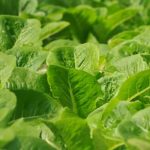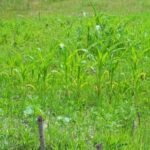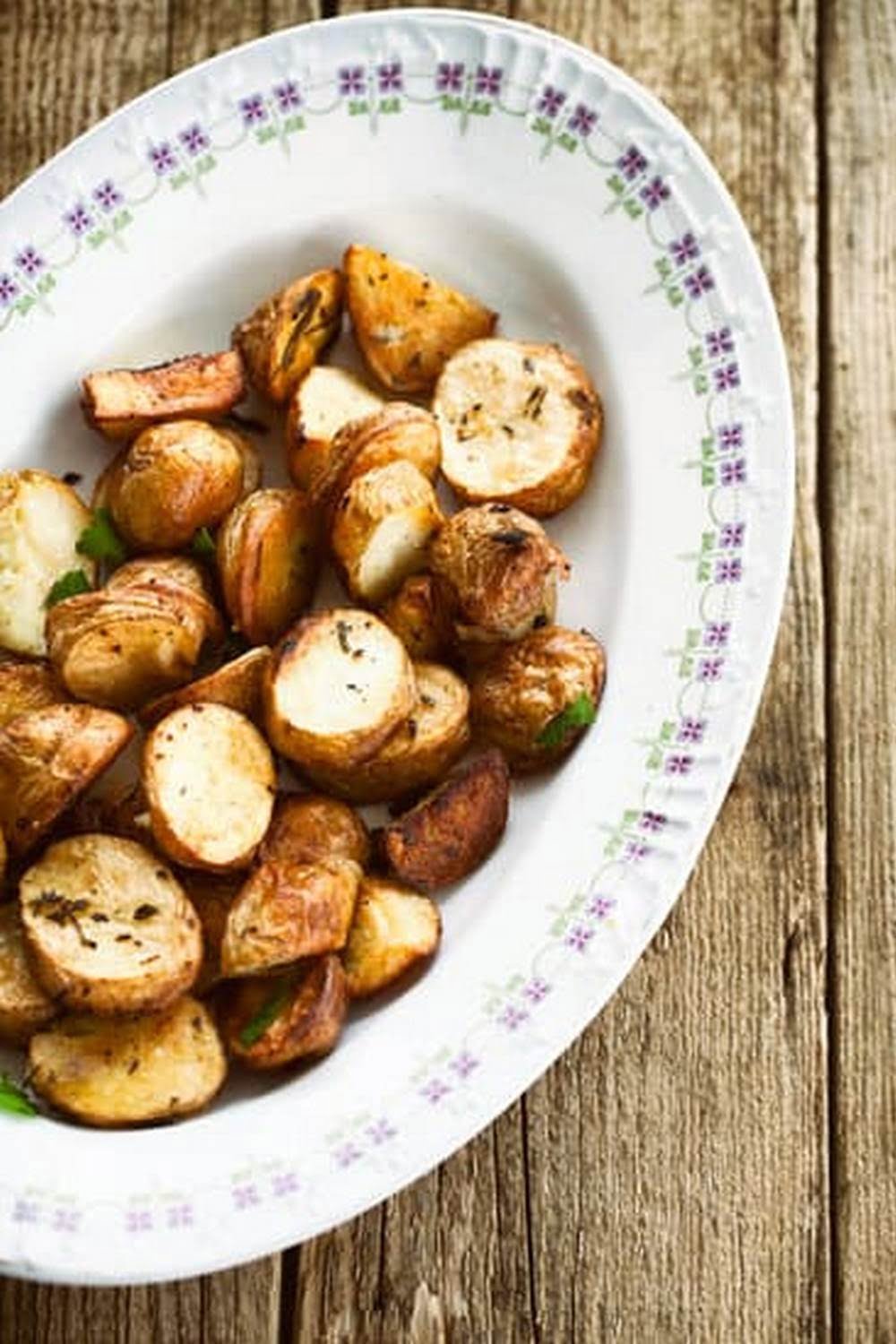Is Malabar spinach safe in Maryland vegetable gardens? Malabar spinach, also known as Basella alba, is a popular leafy green that has gained widespread attention for its unique characteristics and culinary uses. As more gardeners in Maryland consider incorporating this plant into their vegetable gardens, questions about its safety and suitability arise. In this article, we will explore the various aspects of growing Malabar spinach in Maryland, from understanding its characteristics to providing tips on planting, care, and potential challenges.
Malabar spinach is a tropical vine native to India and Indonesia, prized for its thick, fleshy leaves and succulent stems. Unlike traditional spinach, this variety thrives in warm climates and is commonly used as a heat-tolerant alternative in the kitchen. Its popularity has grown in recent years as more people seek out diverse greens for their salads and cooked dishes.
As we delve deeper into the world of Malabar spinach, we will discuss its growth requirements, climate suitability for Maryland’s weather patterns, soil and sunlight needs specific to the region, pest and disease management, harvesting techniques, and culinary uses. By the end of this article, readers will have a comprehensive understanding of whether Malabar spinach is a safe and viable option for their Maryland vegetable gardens. Stay tuned as we unravel the mysteries of this exotic green.
Understanding Malabar Spinach
Malabar Spinach, also known as Basella alba or vine spinach, is a popular and fast-growing leafy vegetable that is widely used in many culinary dishes. Unlike traditional spinach, Malabar Spinach thrives in warm climates and is a great addition to vegetable gardens in regions with hot summers. This tropical plant features thick, fleshy leaves and vine-like stems, making it an attractive and functional plant for gardening enthusiasts.
When cultivating Malabar Spinach, it is essential to understand its growth requirements. This heat-loving plant prefers full sun but can tolerate some shade, making it suitable for various garden locations. Additionally, Malabar Spinach requires well-drained soil rich in organic matter to support its vigorous growth. Gardeners should ensure adequate spacing between plants to allow for proper air circulation and prevent diseases.
In terms of usage, Malabar Spinach has become a favorite among home cooks and chefs due to its mild flavor and versatile nature. The young leaves and tender shoots are often used fresh in salads or lightly cooked as a nutritious green vegetable.
With its high levels of antioxidants, vitamins A and C, iron, calcium, and other essential nutrients, Malabar Spinach is a valuable addition to any diet. Whether incorporated into stir-fries, soups, or omelets, this heat-resistant green adds both visual appeal and nutritional value to various dishes.
| Characteristics | Requirements |
|---|---|
| Thick, fleshy leaves | Full sun with partial shade tolerance |
| Vine-like stems | Well-drained soil rich in organic matter |
| Mild flavor | Adequate spacing between plants for air circulation |
Climate Suitability
Understanding Malabar Spinach in Maryland
Malabar Spinach, also known as Basella alba, is a tropical climbing vine that is popularly grown for its edible leaves. It is native to the Indian subcontinent and thrives in warm and humid climates. In Maryland, where the climate can vary from region to region, gardeners may wonder whether Malabar Spinach can indeed thrive in their vegetable gardens.
Maryland’s Climate and Malabar Spinach
Maryland has a variety of microclimates due to its geography and proximity to bodies of water. The state generally experiences hot and humid summers, which are favorable conditions for the growth of Malabar Spinach. However, some regions may have cooler temperatures that could potentially affect the plant’s growth. Gardeners should consider planting Malabar Spinach in well-drained soil with plenty of sunlight exposure to ensure successful cultivation.
Tips for Growing Malabar Spinach in Maryland
To ensure that Malabar Spinach thrives in Maryland’s climate, gardeners should plant it in a location that receives at least 6-8 hours of direct sunlight per day. Additionally, providing adequate moisture through regular watering and mulching can help the plant cope with any variations in temperature. By taking these factors into consideration, gardeners can successfully cultivate Malabar Spinach in their Maryland vegetable gardens and enjoy its nutritious leaves throughout the growing season.
Soil and Sun Requirements
Malabar Spinach is a unique and versatile plant that has gained popularity in vegetable gardens across the United States, including Maryland. In order to successfully grow Malabar Spinach in Maryland, it is important to understand the specific soil and sunlight requirements for this plant.
When it comes to soil, Malabar Spinach thrives in well-drained, fertile soil with a slightly acidic to neutral pH level. In Maryland, where the soil tends to be on the acidic side due to its proximity to the Atlantic coast, it is important to amend the soil with organic matter such as compost or well-rotted manure to improve its fertility and drainage.
Additionally, ensuring that the soil is rich in nutrients will support healthy growth and abundant foliage for Malabar Spinach.
In terms of sunlight, Malabar Spinach requires full sun to partial shade for successful growth. In Maryland, gardeners should aim to provide at least 6-8 hours of direct sunlight each day for their Malabar Spinach plants.
However, in hot summer months, providing some protection from intense afternoon sun may be beneficial. With the right balance of soil fertility and sunlight exposure, gardeners in Maryland can expect their Malabar Spinach plants to thrive and produce an abundance of nutritious leaves throughout the growing season.
Planting and Care Tips
Malabar Spinach, also known as Basella alba, is a leafy vegetable that has become increasingly popular in vegetable gardens across the United States. With its unique taste and nutritional benefits, many gardeners in Maryland are eager to try cultivating this plant in their own backyards. However, successfully growing Malabar Spinach requires careful attention to its planting and care requirements.
Here are some step-by-step instructions on how to plant and care for Malabar Spinach in Maryland vegetable gardens:
1. Choosing the Right Location: Select a spot in your garden that receives partial shade, especially during the hottest part of the day. Malabar Spinach thrives in well-drained soil with plenty of organic matter, so it’s essential to prepare the planting area accordingly.
2. Planting Seeds or Seedlings: Malabar Spinach can be grown from seeds or transplanted seedlings. If starting from seeds, sow them directly into the prepared soil after the last frost date in your area. For seedlings, carefully transplant them into the garden bed, ensuring that they have enough space to spread as they grow.
3. Providing Adequate Support: Since Malabar Spinach is a vining plant, it will benefit from having a trellis or other support structure to climb as it grows. Make sure to set up the support system at the time of planting to avoid disturbing the root system later on.
Taking these steps into consideration will help ensure that your Malabar Spinach plants get off to a good start and continue to thrive throughout the growing season. With proper care and attention, you can look forward to harvesting fresh leaves for use in a variety of culinary dishes later on.
It’s important to monitor your plants regularly for signs of pests or diseases and take appropriate measures to prevent any issues from escalating. Additionally, providing consistent water and occasional fertilization will contribute to healthy growth and an abundant harvest of Malabar Spinach leaves.
Potential Pests and Diseases
Malabar Spinach, also known as Basella alba, is a popular vegetable in many home gardens due to its edible and nutritious leaves. When growing Malabar Spinach in Maryland, it is essential to be aware of the potential pests and diseases that may affect this plant and take preventive measures to ensure a healthy harvest.
One common pest that can affect Malabar Spinach in Maryland is the spider mite. These tiny arachnids feed on the leaves of the plant, causing discoloration and damage. To prevent spider mite infestations, gardeners can regularly spray the plants with water to remove dust and deter these pests. Additionally, introducing predatory insects like ladybugs or lacewings can help control spider mite populations naturally.
In terms of diseases, Malabar Spinach grown in Maryland may be susceptible to fungal infections such as powdery mildew. This disease presents as a white powdery substance on the leaves, inhibiting plant growth and photosynthesis. To prevent powdery mildew, ensuring proper air circulation around the plants by not overcrowding them is crucial. Applying fungicidal sprays or neem oil can also help protect Malabar Spinach from fungal diseases.
Another common issue that gardeners may encounter when growing Malabar Spinach is bacterial leaf spot. This disease causes dark lesions on the foliage, leading to reduced plant vigor and yield. Implementing proper irrigation practices such as watering at the base of the plant and avoiding wetting the foliage can help minimize the risk of bacterial leaf spot. Additionally, removing infected leaves and practicing crop rotation can aid in disease prevention.
| Potential Pests and Diseases | Preventive Measures |
|---|---|
| Spider Mites | Regularly spray plants with water; Introduce predatory insects like ladybugs or lacewings |
| Powdery Mildew | Ensure proper air circulation; Apply fungicidal sprays or neem oil |
| Bacterial Leaf Spot | Practice proper irrigation techniques; Remove infected leaves and practice crop rotation |
Harvesting and Uses
Malabar Spinach can be harvested once the leaves are large enough to use, typically about 6-8 weeks after planting. The best time to harvest is in the morning when the leaves are at their freshest and have not been subjected to the heat of the day.
How to Harvest:
To harvest Malabar Spinach, simply pinch off or cut individual leaves or stems from the plant as needed. It’s important not to strip all the leaves from a single vine at once, as this can compromise the plant’s overall health. By harvesting regularly, you can encourage bushier growth and a continuous supply of new leaves.
Culinary Uses:
Malabar Spinach is a versatile green that can be used in a variety of culinary dishes. The young leaves and stems can be eaten raw in salads for a refreshing crunch, while more mature leaves can be cooked like traditional spinach – either sautéed, steamed, or added to soups and stews. In Asian cuisine, it is often used in stir-fries or curries for its unique texture and mild flavor.
Health Benefits:
In addition to its culinary uses, Malabar Spinach also offers numerous health benefits. It is high in antioxidants, vitamins A and C, iron, and calcium. Its mucilaginous quality makes it beneficial for digestion and gut health. Incorporating Malabar Spinach into your diet can therefore contribute to overall well-being.
Conclusion
In conclusion, Malabar Spinach can be a safe and beneficial addition to vegetable gardens in Maryland. Despite its tropical origins, this versatile plant can thrive in the state’s climate with the right care and attention. Its unique characteristics, such as its ability to withstand heat and provide a nutritious leafy green, make it a valuable addition to any garden.
By understanding the specific requirements for growing Malabar Spinach, such as well-draining soil and partial shade, gardeners in Maryland can successfully cultivate this plant. Additionally, being aware of potential pests and diseases that may affect Malabar Spinach will help ensure a healthy crop. With proper planting and care techniques, as well as harvesting tips and culinary uses, gardeners can enjoy the benefits of this nutritious leafy green.
Overall, the safety and benefits of growing Malabar Spinach in Maryland vegetable gardens make it an attractive option for both experienced and novice gardeners. Its potential to add variety to culinary dishes while providing essential nutrients makes it a worthwhile addition to any garden. Therefore, readers are encouraged to give Malabar Spinach a try and experience the rewards of cultivating this unique plant in their own backyard.
Frequently Asked Questions
What Is the Best Spinach to Grow in Maryland?
The best spinach to grow in Maryland is the Bloomsdale spinach, which is known for its dark green, crinkly leaves and its ability to grow well in the Mid-Atlantic region. This variety is particularly suited to Maryland’s climate and soil conditions, making it a popular choice for local gardeners.
Is Malabar Spinach Invasive?
Malabar spinach can be invasive in some climates, particularly in tropical or subtropical regions where it can spread quickly and overtake other plants. However, in temperate climates like Maryland, it is less likely to become invasive as it may not survive the winter months.
Still, it’s important to keep an eye on its growth and spread to prevent any potential issues.
How Cold Hardy Is Malabar Spinach?
Malabar spinach is moderately cold hardy, with the ability to withstand light frost when established. However, prolonged exposure to freezing temperatures can damage or kill the plant. In Maryland, where winters can be quite cold, it’s best to treat Malabar spinach as an annual or bring it indoors during the colder months if possible.

If you’re looking to get into vegetable gardening, or are just looking for some tips on how to make your current garden better, then you’ve come to the right place! My name is Ethel and I have been gardening for years. In this blog, I’m going to share with you some of my best tips on how to create a successful vegetable garden.





